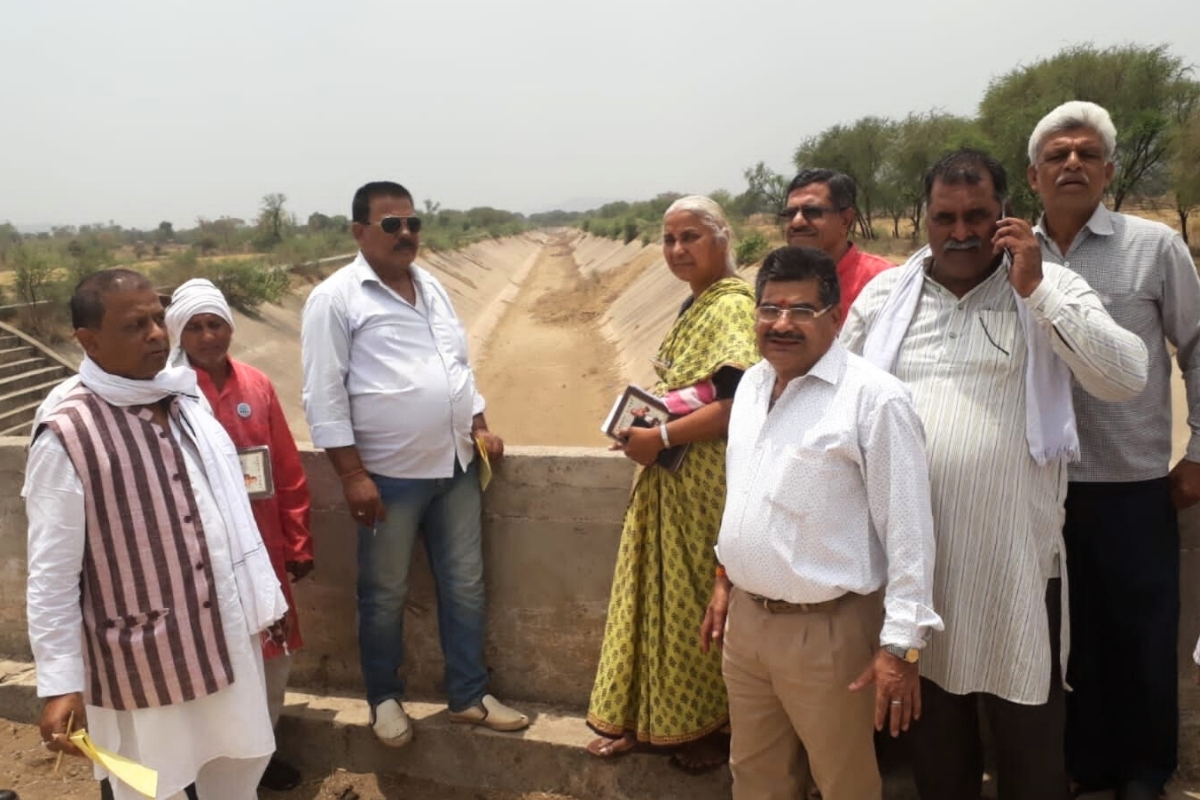Rabi crop production in India has faced setbacks due to high temperatures in February and March. A Center for Monitoring Indian Economy (CMIE) report shows Rabi crop area increased by 14% this year, but overall production is expected to rise only 2-4%.
This February was the hottest in 125 years, with the average temperature reaching 15°C, up from 13°C. This abnormal heat affected several states, including Maharashtra, Madhya Pradesh, Gujarat, Uttar Pradesh, Punjab, Haryana, Rajasthan, and Gujarat. During these months, temperatures in many regions exceeded 40°C several times, severely damaging crop productivity.
The CMIE report states that the area under wheat cultivation area this year is 3.18 crore hectares, leading to an estimated production of 11.54 crore tonnes. However, extreme temperatures have reduced productivity. Similarly, the production of other major Rabi crops like gram, paddy, and vegetables like potatoes and onions has also been negatively impacted.
Wheat and Gram
Wheat production this year is projected at 11.54 crore tonnes, given the 3.18 crore hectares cultivated. However, due to the heatwave, production is expected to increase slightly by 0.7% in 2024-25, compared to a decline of 7.1% in 2022-23.
For gram, production fell by 7.1% in 2022-23 and is expected to fall further by 1.7% in 2023-24. The cultivated area increased by 8.3%, but the productivity per hectare remains limited due to extreme temperatures.
Paddy and vegetables
This year’s area under paddy cultivation has increased by 12.4% to 28 lakh hectares. As a result, paddy production is expected to reach 12.1 crore tonnes. Despite the increase, overall productivity remains constrained due to heat. Major vegetables, like onions, potatoes, and tomatoes, have also faced reduced productivity. The report highlights that states like Madhya Pradesh, Uttar Pradesh, Punjab, and Haryana have been hardest hit.
The Crop Weather Watch Group (CWWG) reports the summer area for onions may increase by 13.9%, covering 10 lakh hectares. This is expected to boost production by 19%, bringing the total to 28.8 million tonnes.
In Rajasthan, wheat and gram production increased by 2.5% annually over the last two years, but the cultivation area increased more. In Madhya Pradesh, wheat production fell by 10.3% in 2022-23, with a smaller decline of 5.3% expected for 2023-24.
Extreme temperatures have significantly impacted major Rabi crops like wheat, gram, and vegetables like onions and potatoes. The temperature rise from February to March reduced productivity, especially in traditionally high-output states. Despite increased crop areas, adverse weather conditions have restricted expected yields.
Support us to keep independent environmental journalism alive in India.
More Video Reports
Mahseer saviors struggle as conservation funds dry up
Rising temperatures increasing hardships of chilli sorters in Khargone
Sexed Semen: Madhya Pradesh determining calf’s gender
Fertilizer shortage disrupts rabi sowing for Madhya Pradesh farmers
Follow Ground Report on X, Instagram and Facebook for environmental and underreported stories from the margins. Give us feedback on our email id greport2018@gmail.com.
Don’t forget to Subscribe to our weekly newsletter, Join our community on WhatsApp, and Follow our YouTube Channel for video stories






